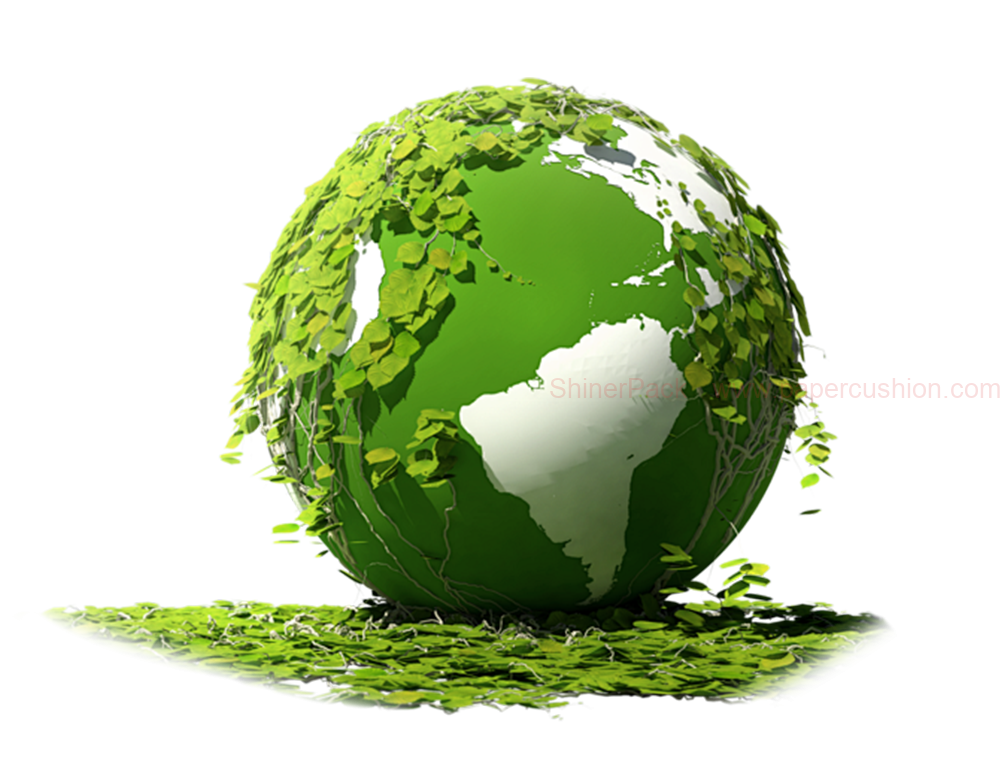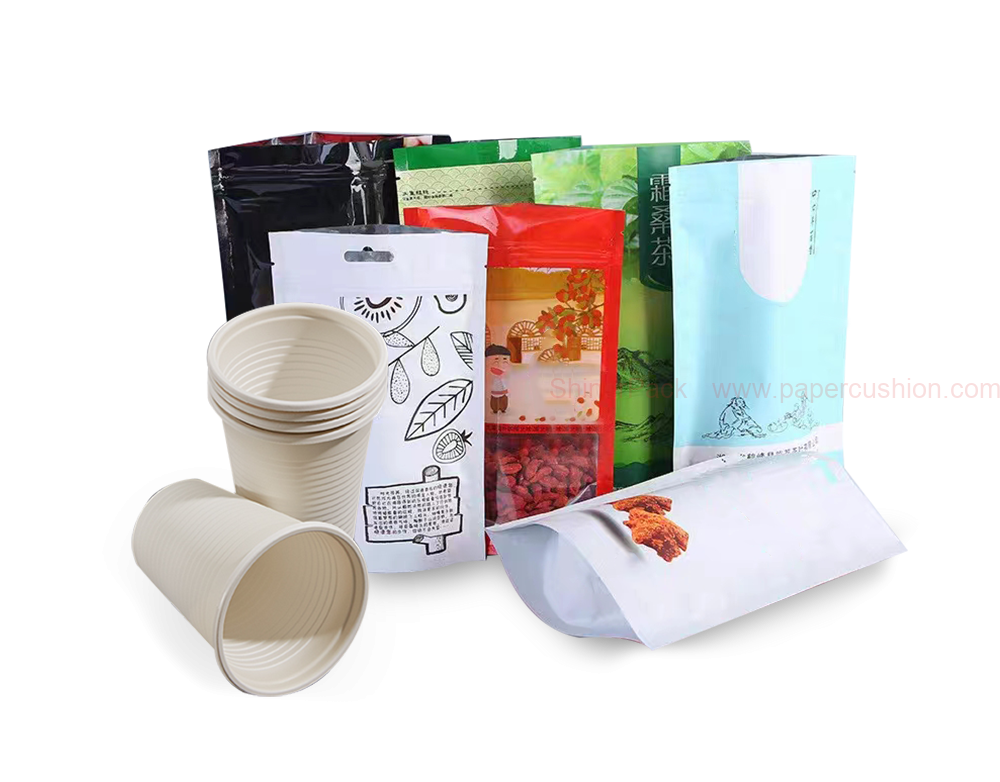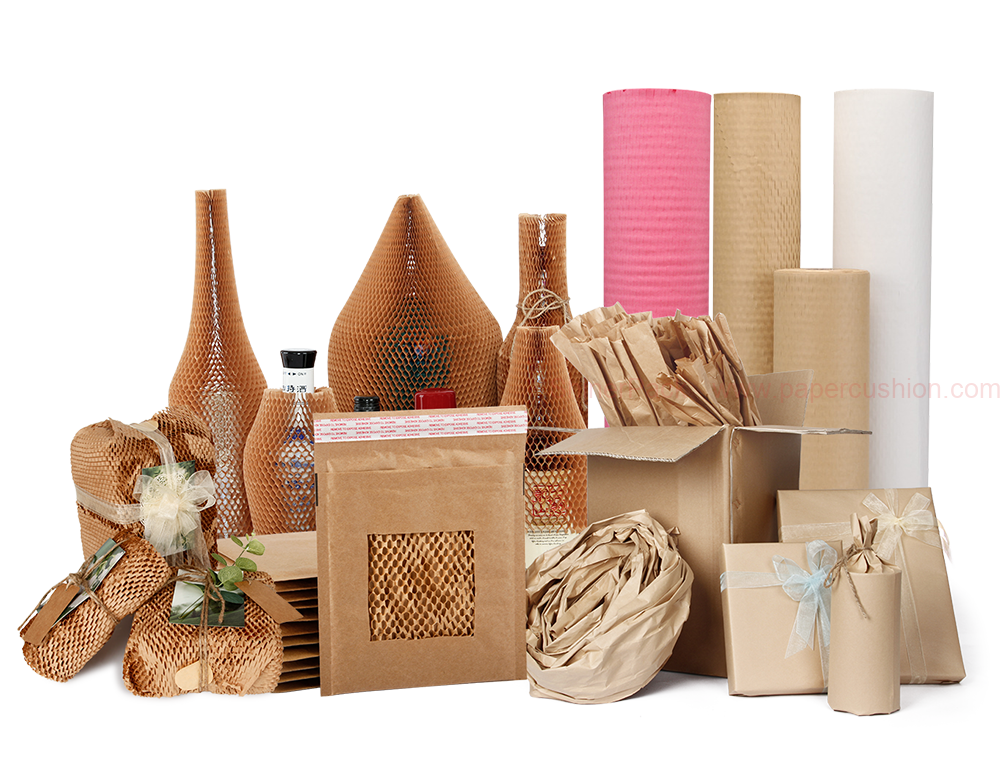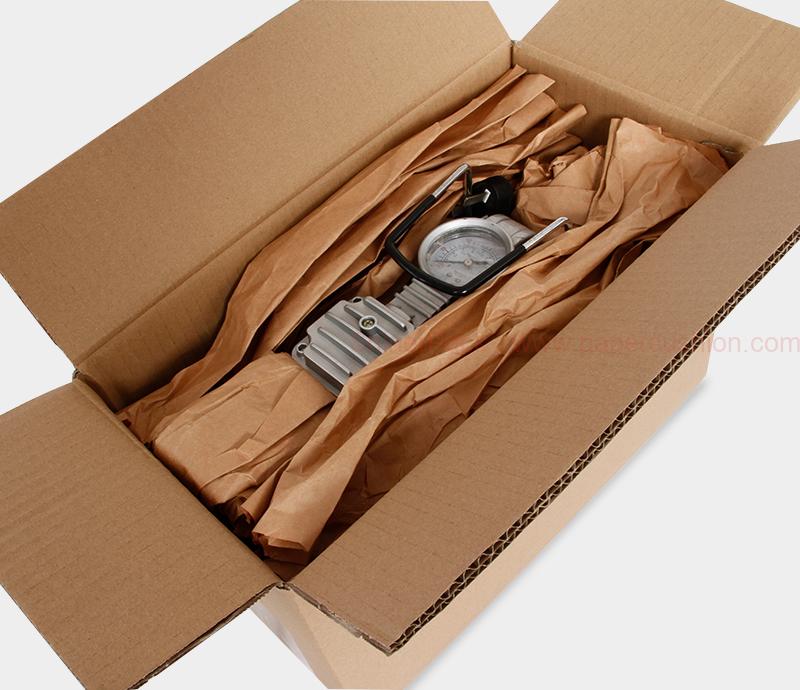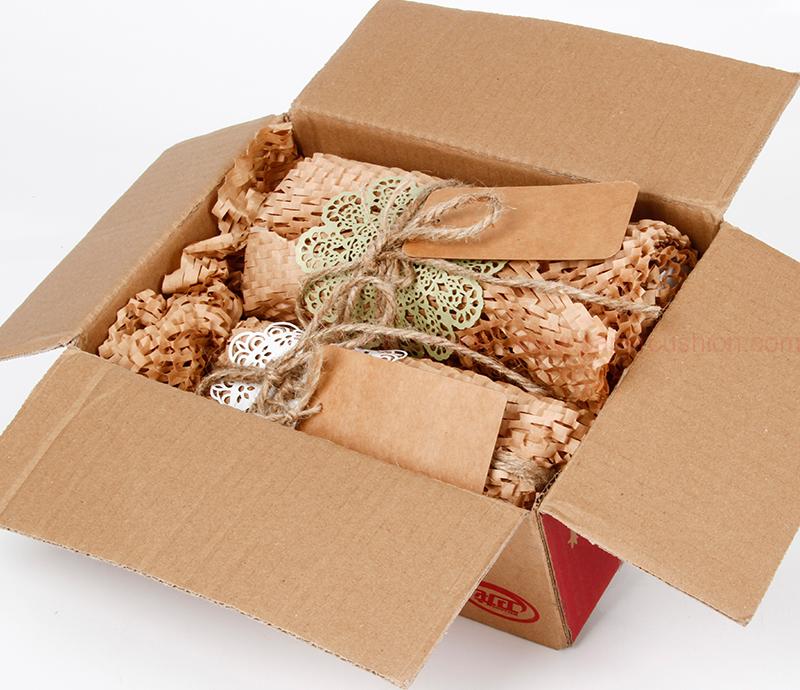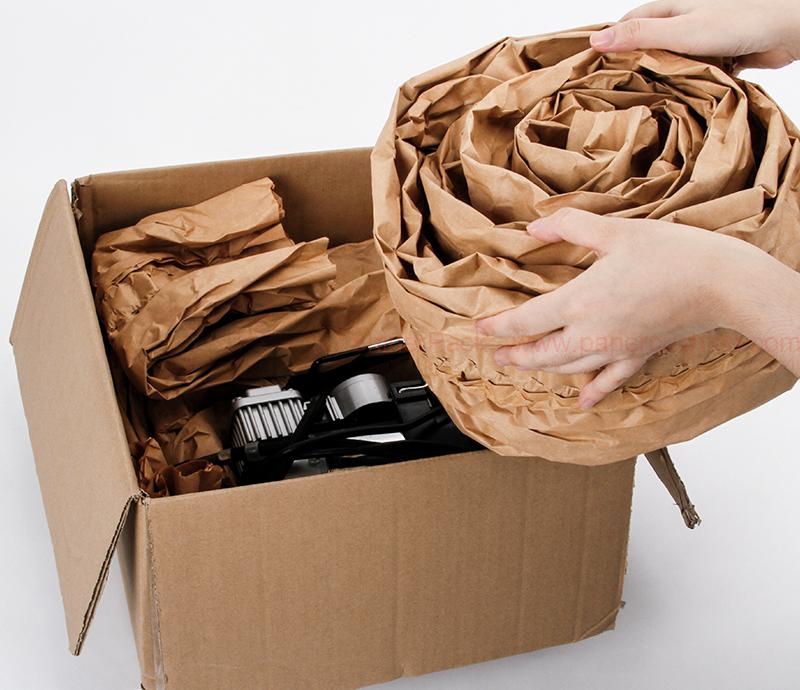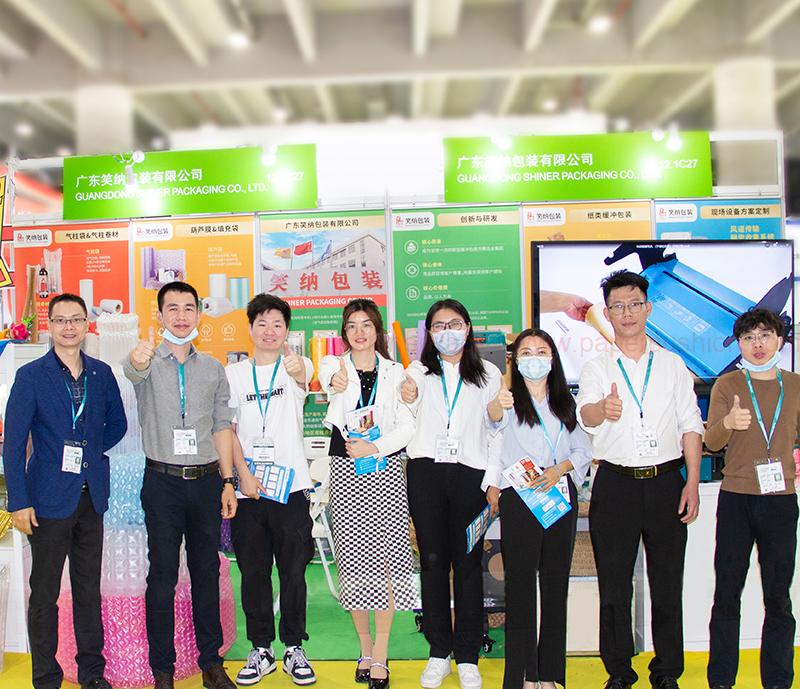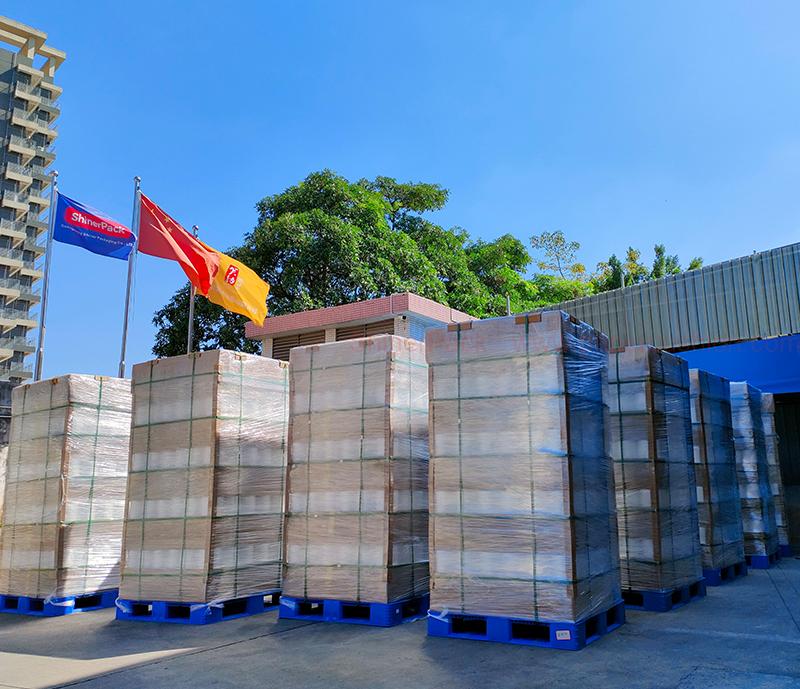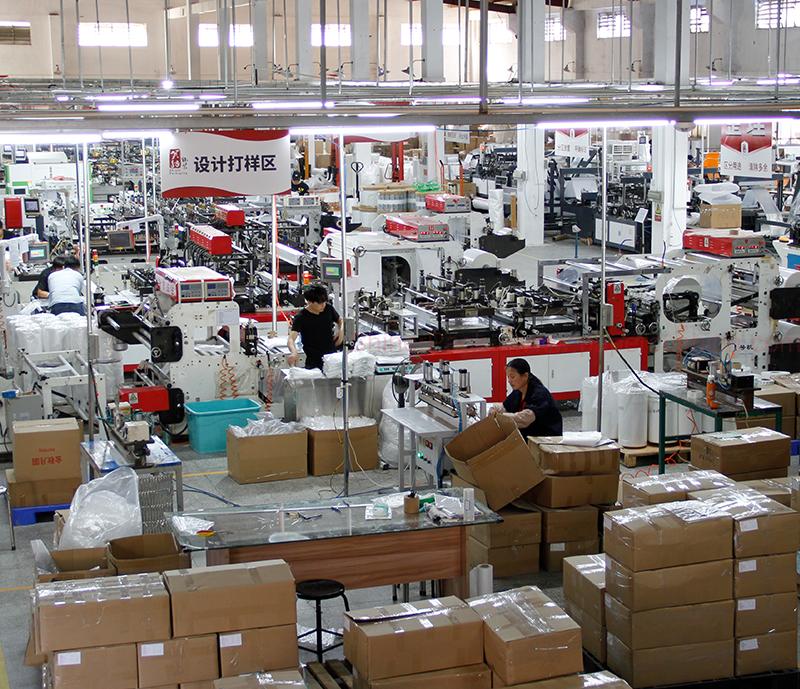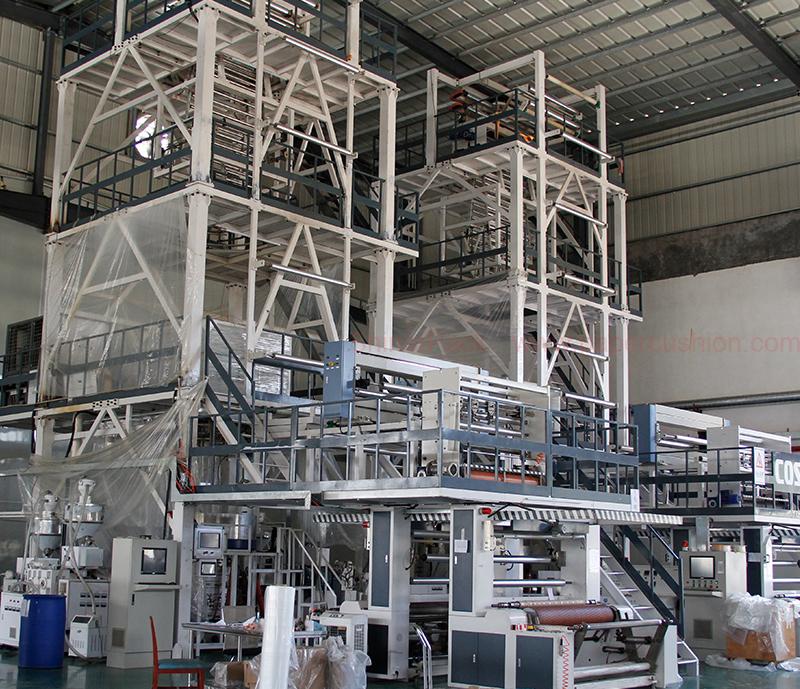Renewable: Paper is one of the most sustainable products, made from renewable resources. It is biodegradable, and trees absorb carbon dioxide from the atmosphere during their growth. Paper also continues to store carbon throughout its lifecycle.
Biodegradable: Biological organisms can break down natural products into basic compounds like carbon dioxide, water, and biomass. For paper, this process can take as little as a week to several months. In contrast, synthetic products like plastics take much longer to degrade and are therefore considered non-biodegradable from a practical standpoint.
Easily Recyclable: Recycling paper saves natural resources, energy, reduces greenhouse gas emissions, and conserves landfill space. It also reduces our reliance on petroleum-based plastics. Paper has the highest recycling rate in Europe (over 72%).






